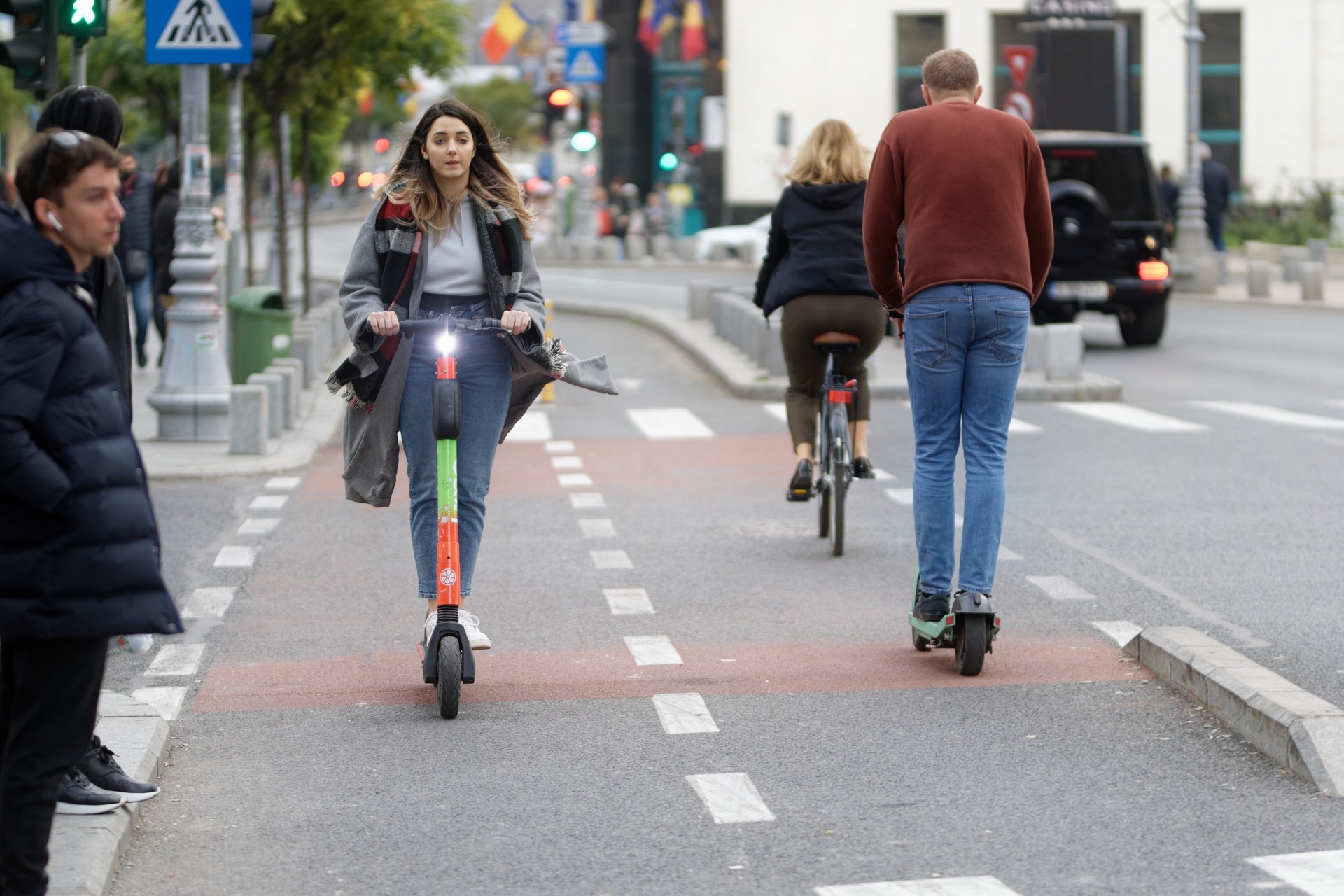Revolutionizing Road Safety: The Rise of Pedestrian Detection Systems
Imagine cruising down a bustling city street, your attention momentarily diverted by a vibrant storefront. Suddenly, your car alerts you to a pedestrian stepping off the curb. This isn't science fiction—it's the cutting-edge world of pedestrian detection systems, a technology rapidly transforming automotive safety and urban mobility.

The Evolution of Pedestrian Safety Technology
Pedestrian safety has come a long way since the introduction of crosswalks and traffic signals. Early attempts at automated pedestrian detection relied on simple infrared sensors, which were often unreliable and prone to false alarms. As technology advanced, so did the sophistication of these systems.
The turning point came with the integration of computer vision and machine learning algorithms. These technologies allowed vehicles to not just detect the presence of pedestrians, but to analyze their movement patterns and predict potential collisions. This shift from reactive to proactive safety measures marked a new era in automotive engineering.
How Pedestrian Detection Systems Work
At the heart of modern pedestrian detection systems lies a complex network of sensors and processors. Cameras mounted on the vehicle continuously scan the surrounding environment, while radar and LiDAR sensors provide additional data on the distance and speed of objects.
This raw data is then fed into powerful onboard computers that use machine learning algorithms to identify and classify objects. The system can distinguish between pedestrians, cyclists, and other vehicles, even in challenging conditions like low light or inclement weather.
Once a potential hazard is identified, the system can take a range of actions. This might include alerting the driver through visual or auditory warnings, automatically applying the brakes, or even steering the vehicle to avoid a collision.
The Impact on Urban Planning and Infrastructure
The advent of pedestrian detection systems is not just changing how we drive—it’s reshaping our cities. Urban planners are now considering how to design streets and intersections that can better accommodate this technology.
Smart traffic signals that communicate with vehicles are being tested in several cities. These systems can extend crossing times for slower pedestrians or alert approaching cars to pedestrians in blind spots. Some municipalities are even exploring the idea of dedicated lanes for vehicles equipped with advanced safety features, incentivizing the adoption of this technology.
Challenges and Future Developments
Despite the promise of pedestrian detection systems, challenges remain. One of the most significant hurdles is ensuring the reliability of these systems in diverse environments and weather conditions. False positives can lead to unnecessary braking, potentially causing accidents, while false negatives could have catastrophic consequences.
Privacy concerns also loom large. The cameras and sensors used in these systems capture vast amounts of data about pedestrians and their movements. Striking a balance between safety and privacy will be crucial as this technology becomes more widespread.
Looking to the future, researchers are exploring ways to make pedestrian detection systems even more effective. One promising avenue is the integration of vehicle-to-everything (V2X) communication, allowing cars to share information about pedestrian movements in real-time. This could create a network effect, dramatically improving safety across entire cities.
The Human Factor: Driver Education and Responsibility
While technology plays a crucial role in enhancing pedestrian safety, the human element remains paramount. As these systems become more common, driver education must evolve to ensure that motorists understand both the capabilities and limitations of the technology.
There’s a risk that drivers may become overly reliant on these systems, leading to complacency. It’s crucial to emphasize that pedestrian detection systems are a supplement to, not a replacement for, attentive driving. Automakers and safety organizations are developing new training programs and guidelines to address this challenge.
Moreover, pedestrians themselves need to be educated about these systems. Understanding how they work can help pedestrians make safer decisions when interacting with traffic, particularly as silent electric vehicles become more prevalent.
A Safer Future for All Road Users
Pedestrian detection systems represent a significant leap forward in automotive safety technology. By combining advanced sensors, real-time data processing, and artificial intelligence, these systems are creating a new paradigm in how vehicles interact with their environment.
As this technology continues to evolve and become more widespread, we can expect to see a dramatic reduction in pedestrian fatalities and injuries. However, realizing the full potential of these systems will require a collaborative effort between automakers, urban planners, policymakers, and the public.
The road ahead is clear: pedestrian detection systems are not just a feature of future vehicles—they’re a cornerstone of smarter, safer cities. As we navigate this exciting transition, we move closer to a world where every journey, whether on foot or behind the wheel, is safer for all.





